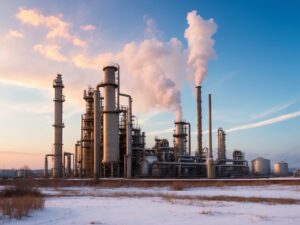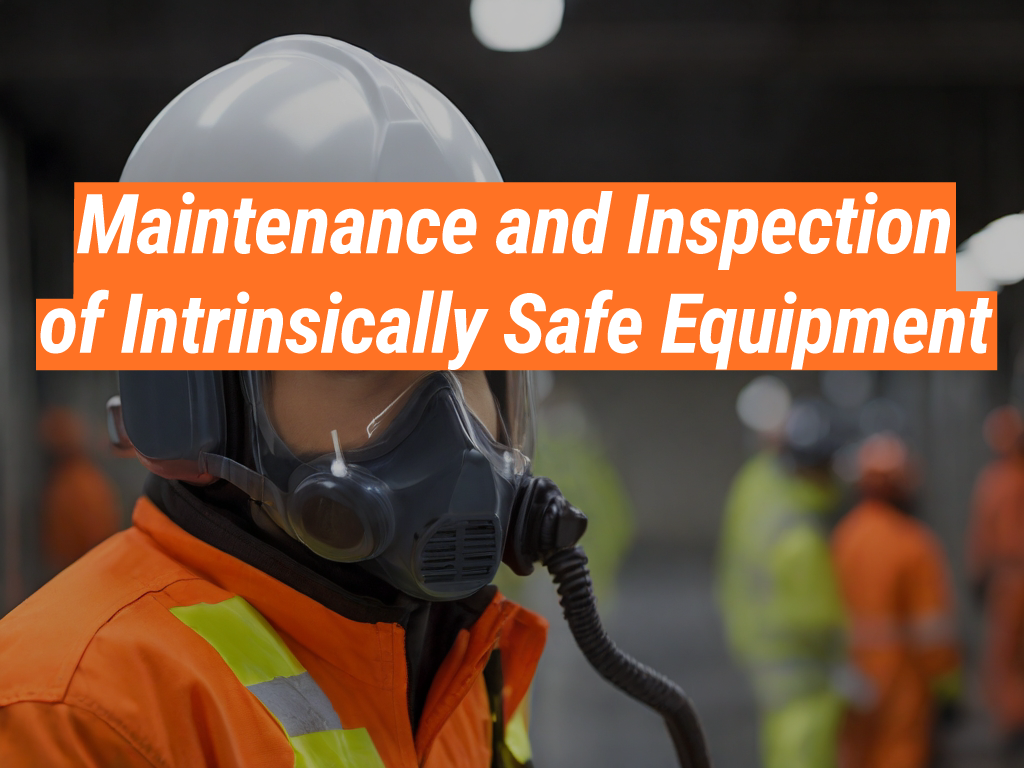When it comes to safety in hazardous environments, nothing is more critical than the proper maintenance and inspection of intrinsically safe equipment. This article, brought to you by Intrinsically Safe Store, will delve into the importance of these procedures, providing valuable insights and practical examples. We invite you to visit our website to explore a wide range of intrinsically safe products.
Understanding Intrinsically Safe Equipment
Designers create intrinsically safe equipment to operate in potentially explosive atmospheres without causing ignition. These devices limit the electrical and thermal energy to a level below what a specific hazardous atmospheric mixture requires for ignition.

The Importance of Regular Maintenance and Inspection
Regular maintenance and inspection of intrinsically safe equipment are crucial for several reasons:
- Ensuring the equipment is functioning correctly
- Preventing potential accidents caused by equipment failure
- Complying with safety regulations and standards
- Extending the lifespan of the equipment
Key Maintenance and Inspection Procedures
Here are some of the key procedures involved in the maintenance and inspection of intrinsically safe equipment:
- Visual Inspection: This involves checking the equipment for visible signs of damage, such as cracks or loose parts.
- Functional Testing: This ensures that the equipment is working as intended. It may involve testing the device’s response to certain inputs or checking its output.
- Periodic Inspection: Regular inspections should be carried out to identify any potential issues before they become serious problems.
Case Study: The Importance of Regular Inspection
A case study from the oil and gas industry highlights the importance of regular inspection. A company experienced a near-miss incident when a piece of intrinsically safe equipment failed due to a corroded battery. Fortunately, no one was injured, but the incident could have been prevented with regular inspections.
Statistics on Equipment Failure
According to a study by the Aberdeen Group, 82% of companies have experienced unplanned downtime in the past three years due to equipment failures. Regular maintenance and inspection can significantly reduce the risk of such incidents.
Prioritizing Safety: Maintenance and Inspection of Intrinsically Safe Equipment
Maintenance and inspection of intrinsically safe equipment are not just regulatory requirements but essential practices for ensuring safety and operational efficiency. By understanding the importance of these procedures and implementing them effectively, companies can prevent accidents, comply with safety standards, and extend the lifespan of their equipment.
For more information on intrinsically safe equipment and how to maintain it, visit Intrinsically Safe Store or contact us today. Our team of experts is ready to assist you with all your intrinsically safe equipment needs.


























